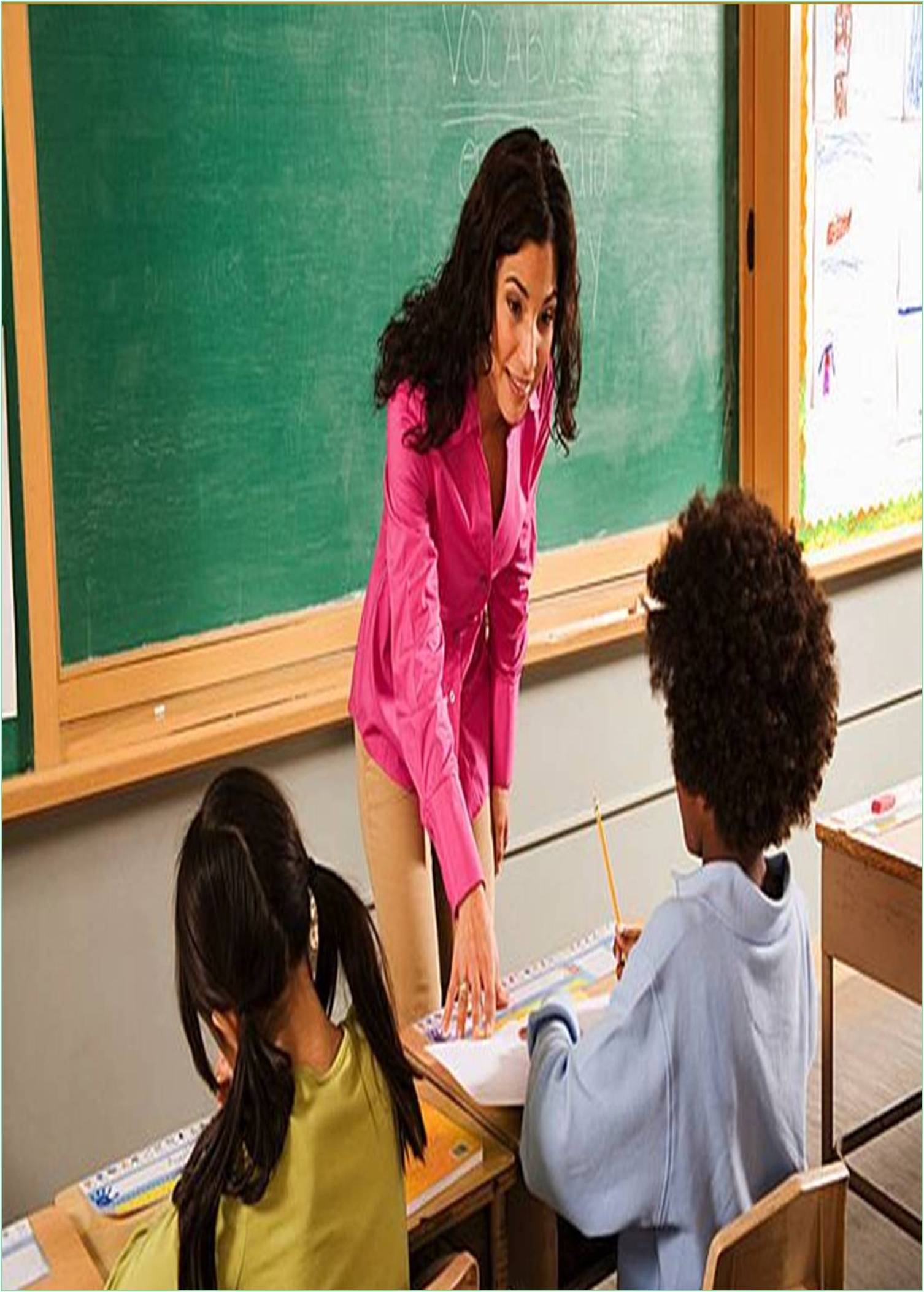



Received: 01-Jul-2022, Manuscript No. GJTE-22-71713; Editor assigned: 04-Jul-2022, Pre QC No. GJTE-22-71713 (PQ); Reviewed: 21-Jul-2022, QC No. GJTE-22-71713; Revised: 29-Jul-2022, Manuscript No. GJTE-22-71713 (R); Published: 05-Aug-2022, DOI: 10.15651/GJTE.22.10.029
A college-supervised educational experience called student teaching typically serves as the capstone course for undergraduate or graduate programs in higher education that lead to teacher preparation and certification. Early Childhood, Middle Childhood, and Adolescence to Young Adult are a few examples of programmes. It is necessary for people pursuing either a bachelor's or master's degree in education, as well as liberal arts bachelor's degrees with education as their major.
Students who don't yet have their teaching credentials must complete a student teaching programme. It differs from a practicum, which is necessary when a student already has a teaching certification but wishes to extend it to teach another area of specialty both are field-based experiences under the guidance of a college.
The student teaching experience lasts roughly a semester or quarter, which is sufficient time to complete the responsibilities required by the college. This internship is unpaid. The opportunity to teach under the direction of a permanently qualified master teacher is provided by this experience for the aspiring teaching professional.
The student teacher is typically assigned to a nearby or affiliated school. The cooperating teacher from the school and a supervisor from the college both keep an eye on the student teacher. The supervisor serves as the gobetween for the cooperating teacher and the department head overseeing student teaching at the college.
Normally, the student teacher observes the cooperating teacher for about a week before taking over more of the teaching duties as the days and weeks pass. In due course, the student teacher will take on the majority of the teaching duties for the class, including lesson planning, class management, assessment, and grading. As the classroom instructor assumes the role of the observer in the class, the student teacher is able to experience the role of the teacher more fully as a result. There may be a "phasing out" week where the student teacher gives the regular teacher back the reins of instruction.
The supervisor and the collaborating teacher keep an eye on the student teacher's development throughout the programme to ensure quality work. The college will suggest a student for teacher certification if they receive a grade of Pass or Fail on their student teaching assignment and successfully complete the school's education programme. By putting foreign language learners at the center of class activities, student teaching has been used as a challenge to promote the integration of their language skills.
Between the younger generation of instructors and more experienced educators, student teaching philosophy has proven to be a deciding factor. Both groups have different views on instructional approach because they were trained under different teaching philosophies. Modern teaching philosophy and Traditional teaching philosophy are, respectively, the two most popular educational ideologies in America. While the latter mainly relies on lecture-based teaching, the former heavily relies on inquiry-based learning. Every step of the educational ladder, from Pre-K to collegiate instruction, exhibits different educational ideologies.
The main objective of student teaching is to give the student the finest introduction to the teaching profession possible. Setting attainable goals that are appropriate for the student teacher's development and abilities is primarily on the cooperating teacher.
The collaborating teacher is expected to lead the student through a range of experiences, from the development of fundamental teaching techniques to classroom management. After observing the student in a classroom teaching setting, the collaborating teacher should choose precise goals and objectives. It's probable that some competencies, like asking higher-order questions, will require more practice than others.
The student should study about the community in which he or she is teaching in addition to learning about teaching techniques and approaches and dealing with classroom management. The student should reside in the neighborhood while they are student teaching, but the Education Department does not require it. It is thought that this will enable him or her to comprehend the students more fully.